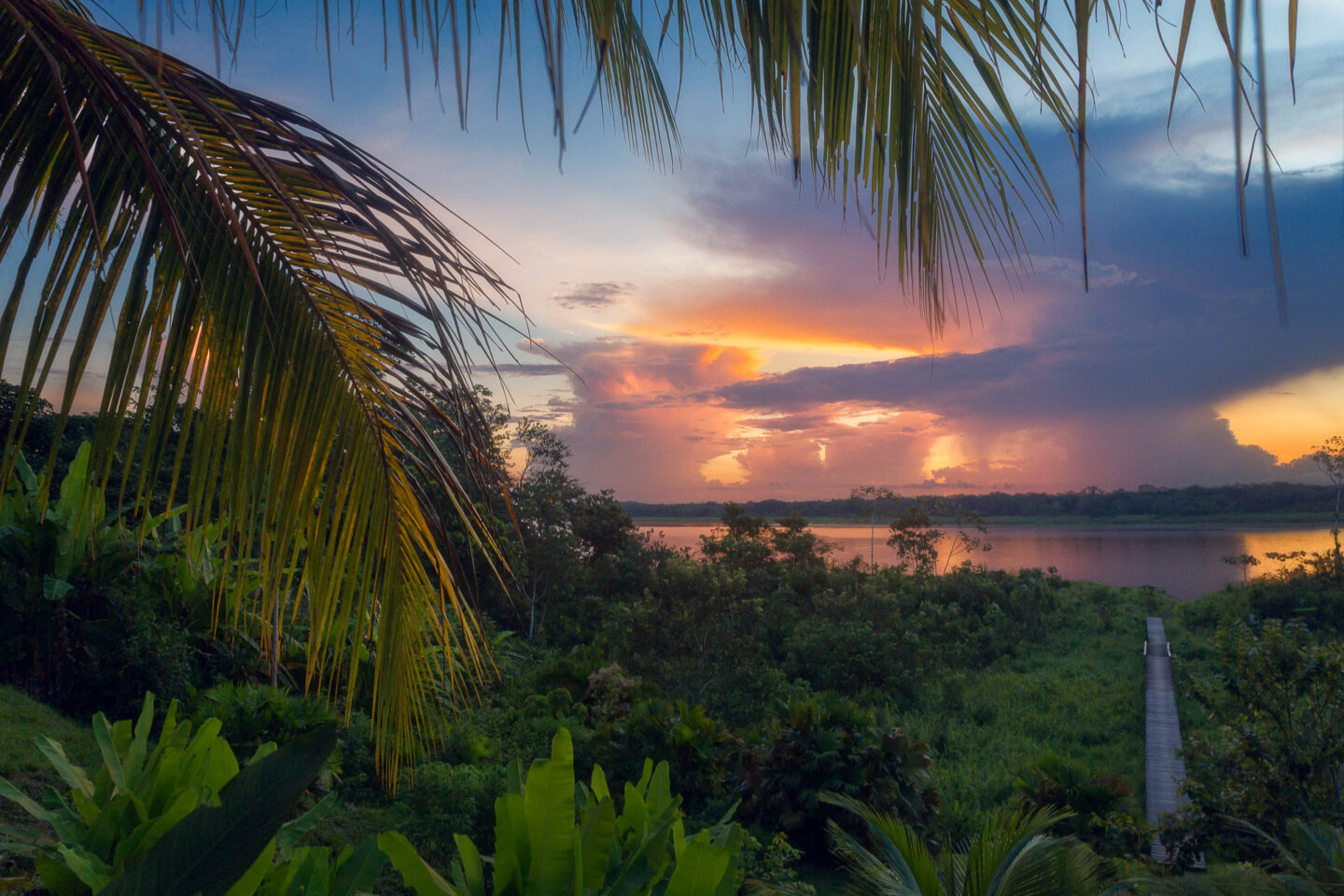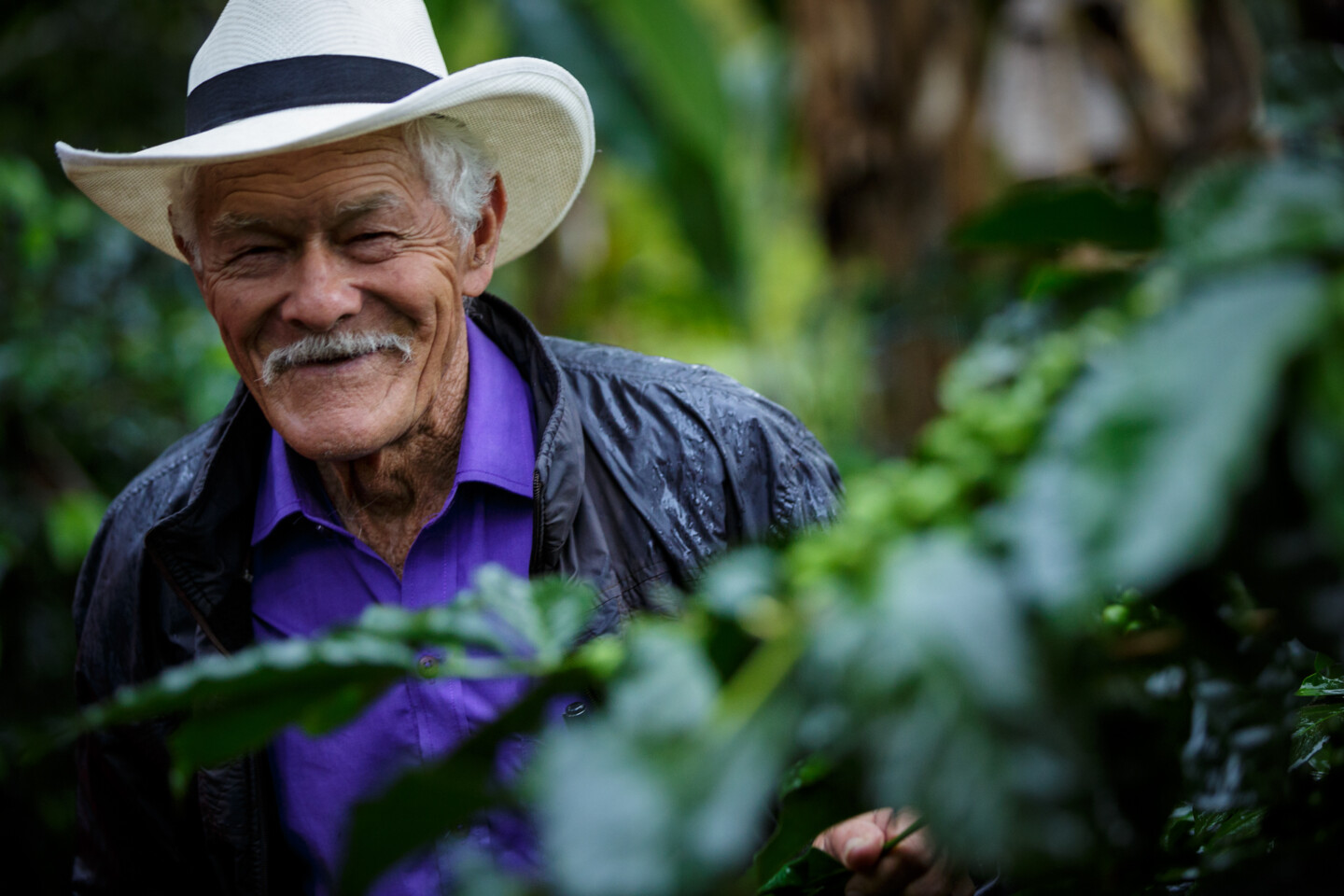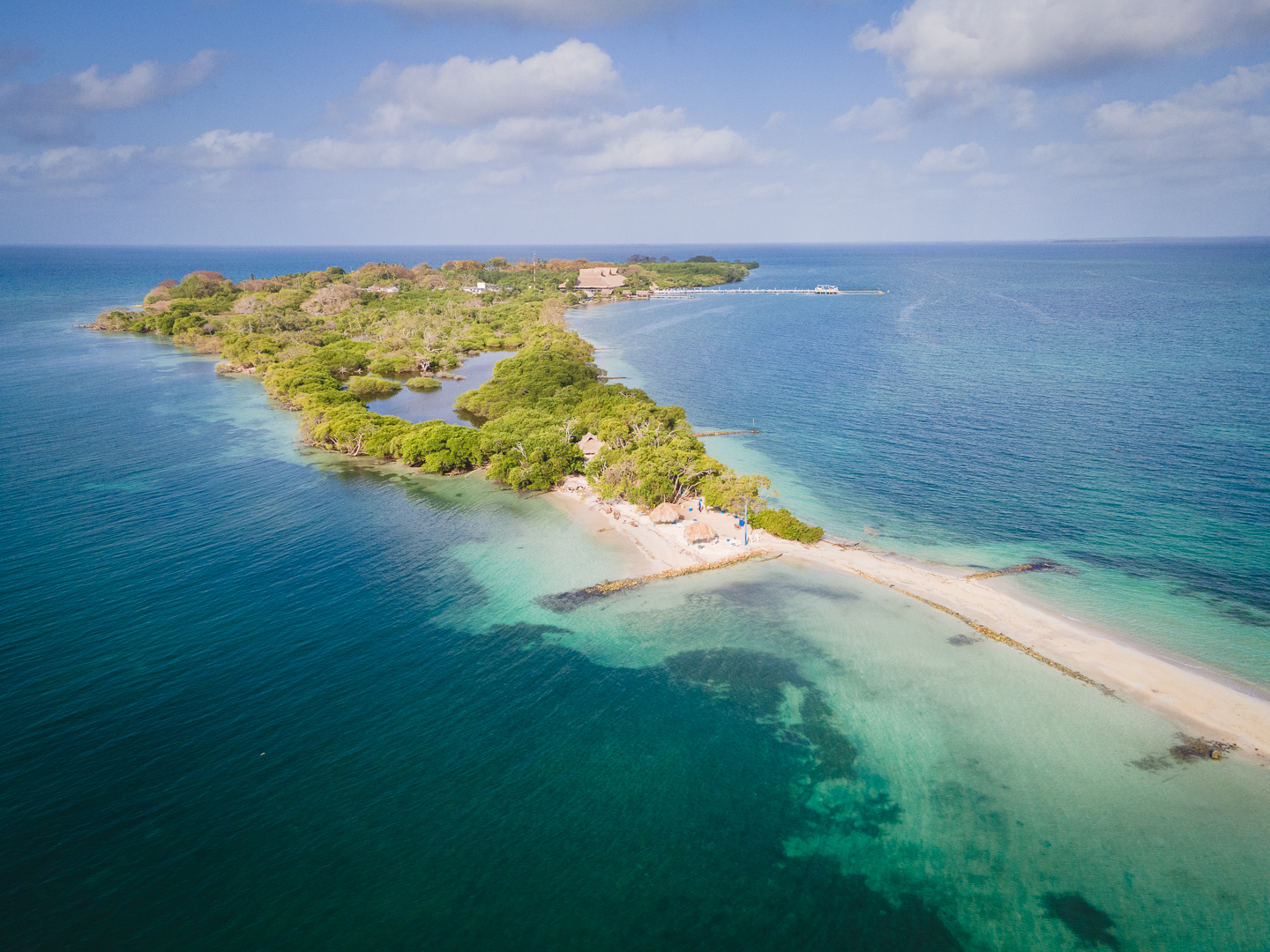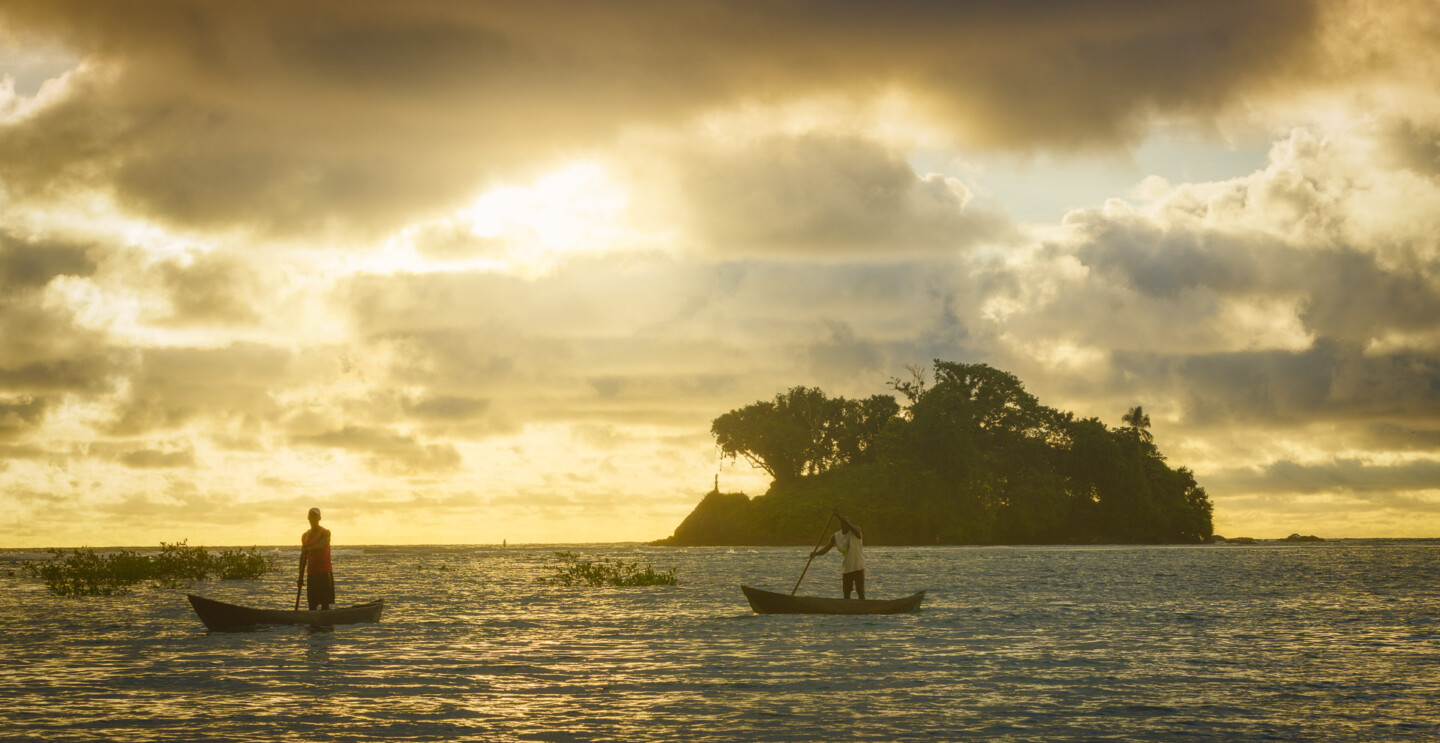Colombie
La Colombie, joyau vibrant de l'Amérique du Sud, offre des forêts tropicales luxuriantes, des plages magnifiques et un riche patrimoine culturel. Du charme historique de Bogota à la beauté coloniale de Carthagène, c'est le paradis des voyageurs.

Colombia is a land of vibrant contrasts, where emerald jungles meet Caribbean beaches, colonial charm dances with modern energy, and the rhythm of salsa pulses through bustling cities. From the coffee-scented Andes to the Amazon’s wild heart, it’s a place of warmth, color, and adventure—where every corner invites discovery and every smile feels like home.
Faits sur le pays
- Nom officiel : République de Colombie
- Continent : Amérique du Sud
- Time zone(s): Colombia Time (COT, UTC-5)
- Capital City: Bogota
- La population : Approximately 52 million (2023 estimate)
- Official Language(s): Espagnol
- Government Type: République constitutionnelle présidentielle unitaire
- Primary Economy Sectors: Petroleum, coffee, mining (emeralds, gold), agriculture (bananas, flowers), manufacturing, and tourism
- Monnaie : Peso colombien (COP)
- Voltage and Plug Type(s): 110V, Type A and Type B plugs
- International Calling Code: +57
- Main International Airport(s): El Dorado International Airport (BOG, Bogotá), José María Córdova International Airport (MDE, Medellín), Rafael Núñez International Airport (CTG, Cartagena)
Les régions en un coup d'œil
Région andine
- Caractéristiques géographiques : Dominated by the Andes Mountains, including the three parallel cordilleras (Western, Central, and Eastern), high-altitude páramos, and fertile valleys.
- Main Cities & Attractions: Bogotá (capitale), Medellín, Cali ; les attractions comprennent la cathédrale de sel de Zipaquirá, le paysage culturel du café et la vallée de Cocora.
- Cultural & Historical Highlights: Heart of Colombia’s colonial history, vibrant urban culture, and traditional festivals like Medellín’s Feria de las Flores. Home to indigenous communities like the Páez and Guambiano.
- Economic & Lifestyle Characteristics: Major coffee production, bustling urban centers, and a mix of modern and traditional lifestyles. Known for its lively nightlife and gastronomy.
Côte Caraïbes
- Caractéristiques géographiques : Tropical coastline along the Caribbean Sea, including white-sand beaches, mangrove swamps, and the Sierra Nevada de Santa Marta (the world’s highest coastal mountain range).
- Main Cities & Attractions: Cartagena (a UNESCO-listed walled city), Santa Marta, Barranquilla; attractions include Tayrona National Park and the Lost City (Ciudad Perdida).
- Cultural & Historical Highlights: Afro-Colombian heritage, vibrant music (cumbia, vallenato), and the Barranquilla Carnival, one of the largest in the world.
- Economic & Lifestyle Characteristics: Tourism, fishing, and agriculture (bananas, sugarcane). Relaxed coastal lifestyle with a focus on seafood cuisine and outdoor activities.
Forêt amazonienne
- Caractéristiques géographiques : Vast tropical rainforest, part of the Amazon Basin, with dense biodiversity, winding rivers like the Amazon and Putumayo, and remote wilderness areas.
- Main Cities & Attractions: Leticia (Colombia’s southernmost city), Puerto Nariño; attractions include Amacayacu National Park and indigenous ecotourism lodges.
- Cultural & Historical Highlights: Home to numerous indigenous tribes (e.g., Tikuna, Huitoto) with deep spiritual connections to the land. Rich in traditional shamanic practices and folklore.
- Economic & Lifestyle Characteristics: Subsistence farming, fishing, and ecotourism. Life is deeply tied to the river and forest, with limited infrastructure in remote areas.
Aucune destination connexe n'a été trouvée pour cette zone.
Questions d'argent
Monnaie
The official currency of Colombia is the Colombian Peso (COP). While some tourist areas may accept US Dollars (USD) or Euros (EUR), it’s best to rely on local currency for most transactions. Exchange rates can vary, so compare rates at banks or authorized exchange houses for the best deal.
Cash & ATMs
Carrying some cash is essential, especially in rural areas or smaller towns where card acceptance may be limited. ATMs are widely available in cities and tourist destinations, but reliability can vary. Look for ATMs inside banks or shopping centers for added security. Common withdrawal limits range from COP 600,000 to COP 1,000,000 per transaction, and fees can be around COP 10,000–20,000 per withdrawal.
- Notify your bank before traveling to avoid card blocks.
- Withdraw larger amounts to minimize fees.
- Avoid standalone ATMs in isolated areas to reduce fraud risk.
Credit & Debit Cards
Major credit and debit cards (Visa, Mastercard) are widely accepted in hotels, restaurants, and larger shops, but American Express is less common. Some establishments may add a 3–5% surcharge for card payments. Always carry a backup card in case of issues.
- Use cards with no foreign transaction fees to save money.
- Keep small bills for places that don’t accept cards.
L'étiquette du pourboire
Tipping is appreciated but not mandatory in Colombia. A 10% service charge is often included in restaurant bills, but an additional tip is welcome for exceptional service. For tour guides, taxi drivers, and hotel staff, small tips (COP 2,000–10,000) are customary but not expected.
- Restaurants: Check the bill for a service charge before tipping extra.
- Tour guides: COP 10,000–20,000 per day is a generous gesture.
- Taxis: Round up the fare or add a small tip for good service.
Bargaining/Haggling
Bargaining is common in markets, street vendors, and informal shops, but not in established stores or restaurants. Polite negotiation can often secure a better price, especially for souvenirs or handicrafts.
- Start by offering 50–70% of the initial price and negotiate from there.
- Smile and keep it friendly—haggling is part of the culture!
General Cost of Travel
Colombia is generally budget-friendly compared to the USA or Western Europe. Budget travelers can find hostels for COP 30,000–70,000 per night, while mid-range hotels range from COP 150,000–300,000. Meals at local eateries cost around COP 15,000–30,000, and public transport is inexpensive (COP 2,500–5,000 per ride).
Taxes
Colombia has a 19% VAT (IVA) on most goods and services, which is usually included in displayed prices. Tourists cannot claim VAT refunds, so factor this into your budget. Some hotels may also charge a local tourism tax (around 1–5% of the room rate).
Faire sa valise
Vêtements
Colombia’s diverse climates mean packing versatile clothing is key. Lightweight, breathable fabrics like cotton or linen are ideal for coastal and lowland areas, while layers are essential for cooler Andean cities like Bogotá. Pack a mix of short and long-sleeved shirts, lightweight pants, and a light jacket or sweater for evenings. Swimwear is a must for beach destinations like Cartagena or Santa Marta. For the Amazon or Pacific coast, include quick-dry clothing and a waterproof jacket. Modest attire (covering shoulders and knees) is recommended for visiting churches or religious sites.
- Lightweight, breathable tops and pants
- Light jacket or sweater for cooler highland areas
- Swimwear and a cover-up for beach destinations
- Rain jacket or poncho for rainy regions (Amazon, Pacific coast)
- Modest clothing for religious sites
Chaussures
Comfortable footwear is essential for exploring Colombia’s varied terrain. Pack sturdy walking shoes or sneakers for city sightseeing, and consider hiking boots if you plan to trek in places like the Cocora Valley or Sierra Nevada. Sandals or flip-flops are great for beaches and hot climates, while waterproof shoes are useful for the Amazon or rainy regions.
- Comfortable walking shoes or sneakers
- Hiking boots for outdoor adventures
- Sandals or flip-flops for beaches and hot weather
- Waterproof shoes for rainy areas
Toiletries & Medications
Colombia’s tropical climates call for strong insect repellent, especially in the Amazon and coastal regions. Sunscreen is a must, as UV exposure is high, even in cooler areas like Bogotá. Pack a basic first-aid kit with bandages, antiseptic, and any prescription medications. Hand sanitizer and wet wipes are handy for travel. If visiting high-altitude areas, consider altitude sickness medication.
- High-SPF sunscreen
- Insect repellent with DEET
- Basic first-aid kit (bandages, antiseptic, pain relievers)
- Prescription medications (with copies of prescriptions)
- Hand sanitizer and wet wipes
- Altitude sickness medication (if visiting high-altitude areas)
Électronique
Colombia uses Type A and B plugs (110V, 60Hz), so bring a universal adapter if your devices use different plugs. A power bank is useful for long days of exploration, and a waterproof phone case can protect your device in rainy or beach areas. A camera is a must for capturing Colombia’s stunning landscapes.
- Universal adapter (Type A/B plugs, 110V)
- Power bank for charging on the go
- Waterproof phone case or dry bag
- Camera or smartphone with extra memory cards
Documents & Money
Ensure you have all necessary travel documents, including a passport valid for at least six months, copies of your travel insurance, and any required visas. Credit cards are widely accepted, but carrying some Colombian pesos (COP) in small denominations is useful for markets and rural areas. Keep digital copies of important documents in case of loss or theft.
- Passport (valid for at least six months)
- Travel insurance details
- Credit cards and some local currency (COP)
- Digital copies of important documents
Miscellaneous/Useful Items
A reusable water bottle with a filter is handy for staying hydrated, especially in hot or remote areas. A small backpack is ideal for day trips, and a travel guide or phrasebook can enhance your experience. Don’t forget sun protection like a wide-brimmed hat and sunglasses. Packing cubes or rolling clothes can help save space in your luggage.
- Reusable water bottle with filter
- Small backpack for day trips
- Travel guide or phrasebook
- Sun protection (hat, sunglasses)
- Packing cubes or space-saving bags
Exigences en matière de soins de santé
Recommended & Required Vaccinations
Before traveling to Colombia, ensure your routine vaccinations (e.g., MMR, Tetanus-Diphtheria-Pertussis, Varicella, Polio) are up-to-date. The following vaccinations are also recommended:
- Hepatitis A & B: Recommandé pour la plupart des voyageurs, en particulier s'ils visitent des zones rurales ou consomment des aliments et de l'eau locaux.
- Typhoid: Advised for travelers eating street food or visiting smaller towns.
- Fièvre jaune : Required if arriving from a country with risk of Yellow Fever transmission. Recommended for travel to regions below 2,300m (e.g., Amazonas, Chocó, parts of Magdalena). Carry proof of vaccination.
- Rage : Consider if engaging in outdoor activities or prolonged stays in rural areas.
Malaria & Mosquito-Borne Illnesses
Malaria is present in low-altitude regions (e.g., Amazon, Pacific Coast). Dengue, Zika, and Chikungunya are also risks. Prevention tips:
- Use EPA-registered insect repellent (DEET, picaridin, or IR3535).
- Wear long-sleeved clothing and sleep under mosquito nets in high-risk areas.
- Consider antimalarial medication if visiting endemic zones—consult a doctor.
Food & Water Safety
To avoid traveler’s diarrhea and other illnesses:
- Drink bottled or purified water; avoid ice in drinks.
- Eat thoroughly cooked food and avoid raw vegetables or unpeeled fruits.
- Choose busy restaurants with high turnover to ensure freshness.
Sun & Heat Protection
Colombia’s equatorial climate means strong sun year-round:
- Use broad-spectrum sunscreen (SPF 30+).
- Wear hats and sunglasses, especially in coastal and high-altitude areas.
- Stay hydrated to prevent heat exhaustion.
Mal d'altitude
Bogotá (2,640m) and other Andean cities pose altitude risks. Symptoms include headaches and fatigue. To acclimatize:
- Ascend gradually if possible.
- Rest upon arrival, avoid alcohol, and drink plenty of water.
- Consider acetazolamide (Diamox) for prevention—consult a doctor.
Local Medical Facilities
Major cities (e.g., Bogotá, Medellín) have high-quality private hospitals, but rural areas may lack facilities. Pharmacies are widely available, but carry essential medications. Ensure your travel insurance covers private care.
Assurance voyage
Comprehensive travel insurance with medical evacuation coverage is strongly recommended. Verify that it includes treatment for altitude sickness or tropical diseases if applicable.
Specific Local Health Risks
Other risks include:
- Leishmaniasis: In jungle areas—avoid sandfly bites with protective clothing.
- Seasonal flooding: Increases mosquito-borne disease risks in coastal regions.
Disclaimer: This information is general guidance only. Consult a travel health specialist or doctor for personalized advice before your trip.
Exigences en matière de visa
Politique générale en matière de visas
Colombia offers visa-free entry to tourists from many countries, including the USA, Canada, the UK, Schengen Area nations, and Australia. Most visitors can stay for up to 90 days without a visa, though the exact duration may vary by nationality.
Specific Nationalities
- USA: No visa required for tourism. Maximum stay of 90 days.
- Canada: No visa required for tourism. Maximum stay of 90 days.
- UK: No visa required for tourism. Maximum stay of 90 days.
- Schengen Area countries: No visa required for tourism. Maximum stay of 90 days.
- Australia: No visa required for tourism. Maximum stay of 90 days.
Validité du passeport
Your passport must be valid for at least six months beyond your intended stay in Colombia. Some travelers report being admitted with less validity, but this is not guaranteed.
Other Entry Requirements
While not always enforced, immigration officials may ask for proof of onward travel (such as a return ticket) and evidence of sufficient funds for your stay. Travel insurance is not mandatory but highly recommended.
Official Sources
Always verify current visa requirements with the official embassy or consulate of Colombia in your country of residence, or an official government immigration website, well in advance of travel, as policies can change. [Link to Official Government Visa Portal or Embassy Website]
Sécurité
- General Safety Level: Colombia has made significant strides in safety over recent years, and most tourists visit without incident. However, petty crime and occasional violent crime remain concerns, especially in urban areas. Stay alert, use common sense, and research your destinations beforehand.
- Petty Crime: Pickpocketing and bag-snatching are common in crowded areas like markets, public transport, and tourist hotspots.
- Protect valuables: Use anti-theft bags, avoid flashing expensive items, and keep wallets/phones secure.
- Scams: Be wary of overly friendly strangers, fake police, or distraction tactics (e.g., spills or petitions).
- Transportation Safety:
- Taxis : Use ride-hailing apps (e.g., Uber, DiDi) or official taxi services—avoid hailing cabs on the street.
- Public transport: TransMilenio (Bogotá’s bus system) is generally safe but crowded; watch for pickpockets.
- Conduite : Road conditions can be unpredictable, and aggressive driving is common. Avoid night travel on rural roads.
- Solo Travel Considerations: Solo travelers, especially women, should take extra precautions.
- Stick to well-lit, busy areas at night.
- Avoid sharing travel plans with strangers.
- Consider joining group tours for remote areas.
- Areas to Be Cautious: Some neighborhoods in major cities (e.g., parts of Bogotá, Medellín, Cali) have higher crime rates—research locally or ask hotel staff for advice. Rural areas near borders (e.g., Venezuela, Ecuador) may have unstable security conditions.
- Night Safety: Avoid walking alone after dark, even in tourist areas. Use trusted transportation, and stay in groups when possible.
- Natural Hazards: Colombia is prone to earthquakes, landslides (in rainy seasons), and occasional volcanic activity. Monitor local alerts and follow evacuation instructions if needed.
- Local Laws & Customs to Respect:
- Drug laws are strict—avoid any involvement with illegal substances.
- Respect religious and cultural sites (e.g., dress modestly in churches).
- Photography of military/police may be prohibited.
- Emergency Preparedness:
- Carry copies of your passport and travel insurance.
- Save emergency numbers (e.g., 123 for police, 125 for ambulance).
- Ensure your insurance covers theft, medical emergencies, and adventure activities.
- Mise en garde : Safety conditions can change; check your government’s travel advisories for Colombia before departure.
Se déplacer
Transports publics
Colombia’s public transportation varies by city. Bogotá boasts the TransMilenio, a rapid bus system with dedicated lanes, while Medellín has a modern metro and cable cars connecting hillside neighborhoods. Intercity buses are affordable and widely available, with companies like Expreso Bolivariano and Berlinas del Fonce serving major routes. Smaller towns rely on colectivos (shared vans).
- Costs: City buses start at ~$0.50 USD; intercity buses range $10–$50 USD depending on distance.
- Tips: Purchase a rechargeable card (e.g., TuLlave in Bogotá) for convenience. Avoid rush hours.
- Safety: Keep valuables secure, especially on crowded buses.
Taxis & Ride-Sharing
Taxis are plentiful in cities, but always use apps like Cabify or Uber (operates as a rental service) for safety and fixed fares. Street taxis should use meters (“taxímetros”); negotiate fares upfront in smaller towns.
- Costs: Short rides start at ~$2–$5 USD; apps often offer discounts.
- Tips: Verify the driver’s ID and license plate before entering.
- Safety: Avoid hailing taxis at night; opt for app-based services.
Location de voitures
Renting a car is ideal for exploring rural areas like the Coffee Axis or Caribbean coast. Major agencies (Hertz, Localiza) require a passport, credit card, and sometimes an international driver’s permit.
- Costs: ~$30–$80 USD/day; insurance is mandatory.
- Road Conditions: Highways are generally good, but mountain roads can be winding and poorly lit.
- Tips: Download offline maps (Google Maps) for areas with spotty signal.
Vols intérieurs
Flying is the fastest way to cover long distances, with airlines like Avianca, LATAM, and Viva Air serving routes such as Bogotá–Cartagena or Medellín–San Andrés.
- Costs: $50–$150 USD for one-way flights; book early for deals.
- Tips: Smaller airports (e.g., Leticia) may have weight restrictions on luggage.
- Unique: Some routes (e.g., to the Amazon) are only served by propeller planes.
Ferries & Boats
Ferries connect mainland cities like Cartagena to islands such as Barú or Islas del Rosario. Riverboats are essential in the Amazon (e.g., Leticia to Puerto Nariño).
- Costs: $10–$30 USD for tourist ferries; local boats are cheaper but slower.
- Tips: Book speedboats in advance during peak season (Dec–Jan).
- Safety: Wear life jackets; avoid overcrowded vessels.
Other Notable Transport
In tourist areas like Cartagena, horse-drawn carriages and bike rentals are popular. Mototaxis (motorcycle taxis) are common in rural towns but risky for inexperienced riders.
- Costs: Bike rentals ~$5–$10 USD/day; mototaxis ~$1–$3 USD per ride.
- Tips: Haggle for carriage rides; always wear helmets on mototaxis.
- Unique: Try a “chiva” (colorful party bus) for festive night rides in cities.
Culture
- Traditions & Customs: Colombians are known for their warm hospitality, often greeting strangers with a handshake or a kiss on the cheek. The “tinto” (black coffee) culture is ubiquitous, with vendors offering small cups throughout the day. Family gatherings, especially on Sundays, are sacred, often featuring hearty meals and lively conversations.
- Arts & Literature: Gabriel García Márquez, Nobel Prize-winning author, put magical realism on the global literary map with works like “One Hundred Years of Solitude.” Street art thrives in cities like Bogotá and Medellín, reflecting social and political narratives. Traditional crafts include the intricate “molas” textiles of the Guna people and the woven “sombrero vueltiao,” a symbol of national pride.
- Music & Dance: Cumbia, with its African, Indigenous, and Spanish roots, is Colombia’s musical heartbeat, while vallenato tells stories of love and rural life through accordion melodies. Salsa is a way of life in Cali, the “Salsa Capital of the World.” Champeta, a vibrant Afro-Caribbean genre, dominates coastal nightlife.
- Food & Cuisine: The national dish, “bandeja paisa,” is a hearty platter of beans, rice, chorizo, chicharrón, and avocado. Arepas (corn cakes) are a staple, eaten plain or stuffed with cheese or meat. Coastal cuisine features coconut rice and fried fish, while the Andean region favors “ajiaco,” a chicken and potato soup.
- Languages & Dialects: Spanish is the official language, but regional accents vary widely—the “paisa” dialect of Antioquia is melodic, while coastal speech is rapid and rhythmic. Indigenous languages like Wayuu and Nasa Yuwe are spoken in their respective communities.
- Religion & Spirituality: Catholicism dominates, with vibrant processions like Semana Santa (Holy Week) in Popayán. Indigenous and Afro-Colombian communities blend Catholic traditions with ancestral beliefs, such as the Guna’s reverence for nature spirits.
- Festivals & Holidays: The Carnaval de Barranquilla, a UNESCO-listed spectacle, bursts with colorful parades and cumbia music. Medellín’s Feria de las Flores celebrates flowers with a parade of “silleteros” (flower carriers). Christmas lights transform towns like Medellín into dazzling wonderlands.
- Social Norms & Etiquette: Punctuality is flexible—”hora colombiana” means arriving late is common. Complimenting food or hospitality is appreciated. Tipping 10% is standard in restaurants, while rounding up taxi fares is customary.
- Family & Community Structure: Extended families often live nearby, and godparents (“padrinos”) play a key role in children’s lives. Neighborhood “verbenas” (street parties) strengthen community bonds, especially in working-class areas.
- Clothing & Attire: Traditional dress includes the “pollera colorada” (flared skirt) in the Andean region and the white “guayabera” shirt for men. In cities, fashion is modern but modest—avoid beachwear outside coastal areas. Indigenous groups like the Wayuu wear vibrant, handwoven “mochila” bags as cultural symbols.





